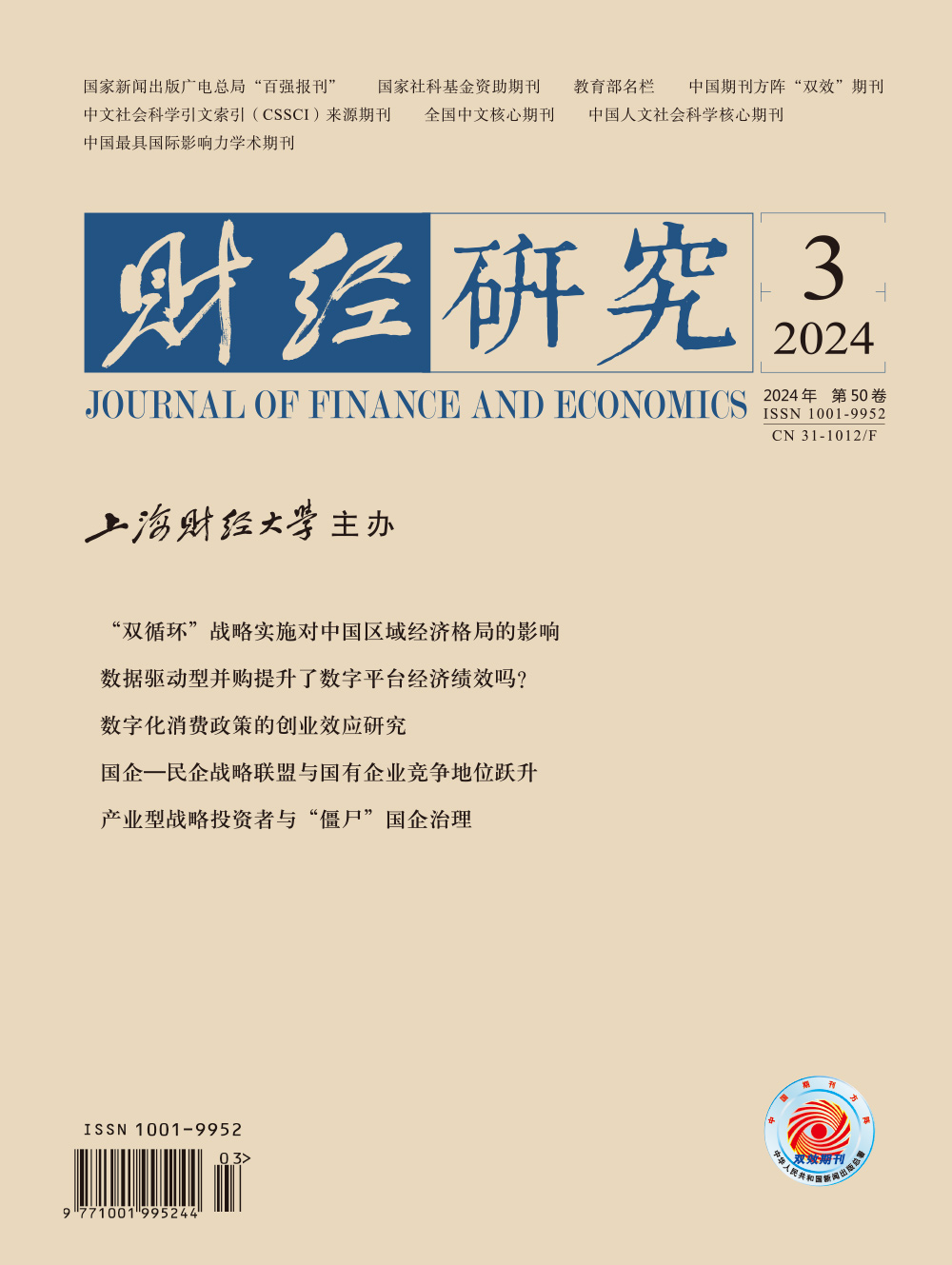In recent years, the Beijing-Tianjin-Hebei region has made many remarkable achievements in urbanization and economic development, but it has also highlighted many problems such as unbalanced development and serious environmental pollution. To this end, the central government put forward the “Outlines of the Coordinated Development Planning for the Beijing-Tianjin-Hebei Region” in 2015, so as to achieve reasonable, coordinated, and sustainable development of the Beijing-Tianjin-Hebei region. So, do regional coordinated environment regulations promoted by the Outlines reduce pollutants in the region?
Based on the panel data of 72 cities from 2011 to 2015, and combined with the background of the Outlines and the related theories of policy evaluation, this paper analyzes the policy effect of regional coordinated environment regulations on environmental governance using a panel data model with heterogeneity. The study finds that under the premise of maintaining economic growth, the Outlines significantly reduce the production and emission of industrial sulfur dioxide, and the policy effect increases year by year with the implementation of the Outlines. The governance of pollutants by the policy is more in the production process than in the treatment process, so the impact on the production is greater than that on the emission. At the same time, this paper uses a variable coefficient model to allow for inter-city heterogeneity of the policy effect, and finds that there is no obvious regional heterogeneity of the policy effect, which shows the consistency of the action of the Outlines. The conclusion is still valid after a series of robustness tests.
The contributions of this paper are as follows: First, compared with previous researches on environmental policies from a relatively micro perspective, this paper studies the policy effect of the Outlines as a regional coordinated policy from a relatively macro perspective. Second, this paper adopts the fixed-boundary method when selecting the control group: Based on geographical similarity, nearby provinces similar to the Beijing-Tianjin-Hebei region in all aspects are selected, and the policy effect is comprehensively evaluated from the production and emission, gross amount, and unit amount of industrial sulfur dioxide. Third, the feature of this paper is to study the Outlines, which is the overall policy of top-level design, and pay special attention to the ecological civilization thought of socialism with Chinese characteristics in the new era. It provides good references for the formulation and implementation of regional policies in other regions of China.





 3751
3751  7291
7291

